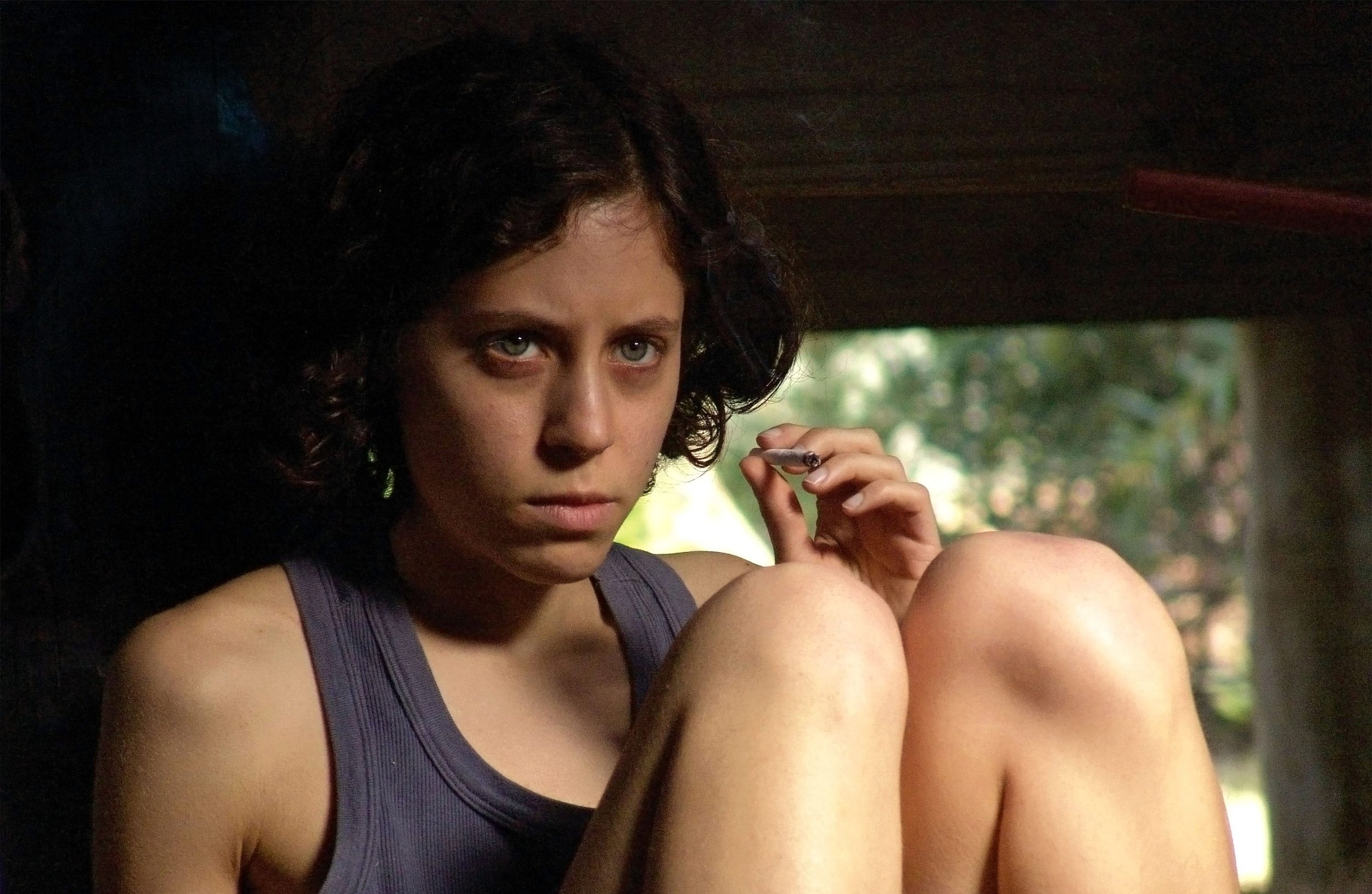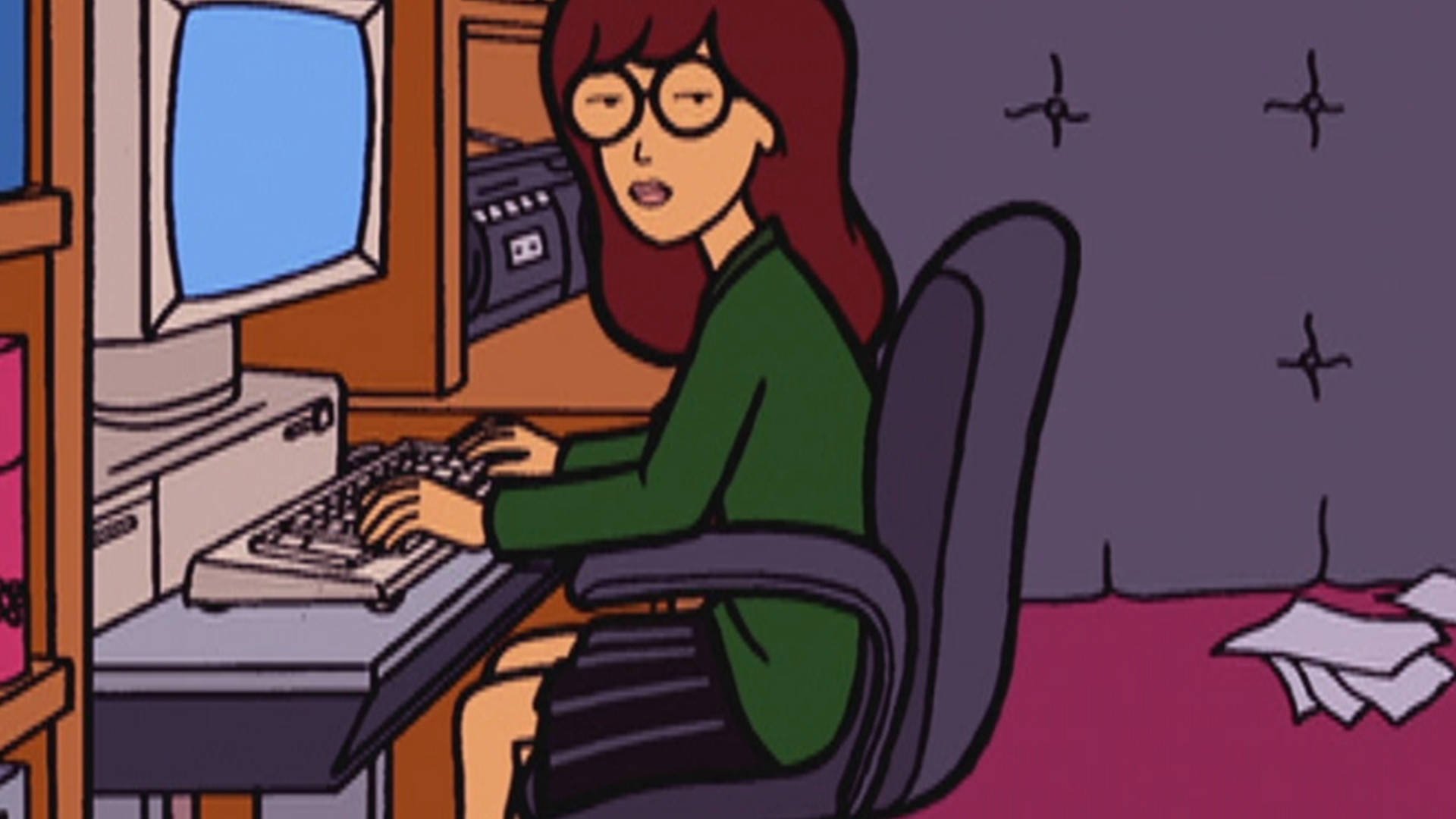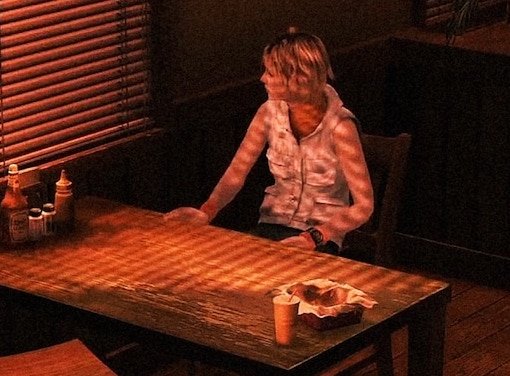10 Fictional Characters I Identified With
One of the many beautiful aspects to art, literature, etc, is the intimate and wholly autonomous nature we as an audience, reader, player, etc, can come to closely relate and/or identify with any given character in a piece of work. Whether it is one-for-one representation, a character’s personality traits, quirks, idiosyncrasies, or perhaps even just a general overall “feeling” of finding ourselves within a fictitious personage, as a creator myself, I think it’s something which bears consideration when developing characters and attempting to construct realistic, relatable and dynamic identities within my own work. Also, as someone who has consumed much creative works throughout my life, it has felt for me a rarefied event when I can interpret a fictional character and find myself identifying with them on a more personal level—outside of the general character building writers generally do to make their characters relatable on a more macro sense, if that makes any sense. Sometimes, there are kinships I can find myself forming with a character throughout the tenure of a long television series, or lengthy book, and for that I think that ability to make your reader/audience/player care about a character is truly a gift, though again, feeling like I myself personally can fundamentally “relate” on a more intimate basis comes pretty infrequently. That being said, here are 10 random characters that came to me off the top of my head that in some way, shape or form formulated within me a deep impression that me as a person, personality could see myself in them. Sure, there are more out there that I’m probably forgetting to include, and some which I may have certain particularities to share in some degree, but here are 10 that spoke out me as a person, starting from the time I was young and continuing up until now.
#1. “Betty Suarez” - Ugly Betty (2006)
There are no words. I will not expound other than saying…this was me, pretty much.
#2. “Yorkie” - Black Mirror: San Junipero (2016)
I can’t emphasize just how much this performance, archetype, aesthetic and overall tone of San Junipero truly struck a chord within me. To date, this character and idea of “Yorkie” (phenomenally performed by Mackenzie Davis) is perhaps the closest depiction of what it felt like to inhabit my own skin for a long period of time in my 20’s. The character is very much coded neurodivergent in-addition to her explicit demurred nature, shyness, trauma, and to some degree juvenile naivety within her experience, though the way her characterization is handled feels understandably nuanced and strays from the usual two-dimensionalization so many queer characters are given in TV/film. By far the best episode of Black Mirror for me, haunting as it is bittersweet, complex, challenging and unafraid to reach for heartstrings.
#3. “Allison Reynolds” - The Breakfast Club (1985)
Encapsulated with the self-ascribed moniker “basket case” of the group, the fictional character of Allison Reynolds was another character I found myself (embarrassedly) identifying with. Throughout the visual representation/storytelling within The Breakfast Club and also in the script, Allison’s characterization has always struck a chord for representing the lot many of us experience coming from neglected childhoods, where the externalization of such as one comes of age results in the furtherance of such isolation and of alienation. For much of the movie, I found myself mesmerized by her interactions and in some strange, innate way, felt “told on” by writer and director John Hughes for giving spotlight to folks who so often never find themselves represented in media, television or film.
#4. “Laura Wingfield” - The Glass Menagerie (1944)
It’s no secret that Tennessee Williams had a profound impact on me as a writer and playwright, and his 1944 seminal classic, The Glass Menagerie remains one of my favorite plays of all time. Laura Wingfield, who is one of the main characters, is depicted as a highly duplicitous individual, a girl who’s personified both as naive though innately perceptive, childlike in her idiosyncrasies though dually intuitive, and it is this poetically written interplay between these primal, fundamental aspects within her that creates a sort of dynamism which contributes to the overall drama. Having read and seen this stage play, my heart sits forever in a place of suspension whenever her character is on-stage, for which, there will eternally be one part of myself that I see within her, and for many reasons I won’t get into here.
#5. “Alex Kraken” - XXY (2007)
Based on the short story Cinismo by Sergio Bizzio, this 2007 Argentinian film is perhaps the only movie I’ve ever seen (or let alone any visual medium) to not just depict the mere existence of an intersex person in a mature, nuanced manner, but as well have them lead a compelling story. XXY tells the story a young Alex, who is seen navigating the complex, difficult experience of coming to terms with her body and her sexuality. She is seen as understandably brooding, adversarial to convention and to some degree even for a few scenes maybe internally tortured, all of which in my opinion carry merit in light of the conditions intersex people face in society. Actress Inés Efron’s performance is stellar and easily the highlight outside of the screenplay by writer and director Lucía Puenzo, both of which combine to bring the character of Alex alive and striking a nerve right in my soul.
#6. “Daria Morgendorffer” - Daria (1997)
MTV’s late 1990’s cult classic and sleeper hit continues to this day to live in my mind as relevant, funny and ahead of its time. The character of Daria herself, who was originally developed by Mike Judge as a minor character for his breakout animated series Beavis and Butt-Head, would be further developed by showrunners Susie Lewis Lynn and Glenn Eichler as a unique and fully fleshed-out identity in her own spinoff. Her character, so endemic of the proverbial apathy of at-the-time-young Gen-X’ers and curious millennials in an era of the so-called “End of History,” Daria remains as a time capsule to sensibilities of its time, as well as social commentary, self-aware satire of pop-culture and consumerism and media and ad infinitum. Daria’s overall disenchantment and teenaged-angst will always be a part of my adolescence.
#7. “Heather Mason” - Silent Hill 3 (2003)
The third installment and iteration of Konami’s beloved cult franchise, Silent Hill 3 is a game that came at a time where I felt deep resonance with its protagonist and daughter of the first game’s protagonist, Heather (or, Cheryl) Mason. Though a bonafide survival-horror game through and through, Silent Hill 3 is also at the same time a piece of interactive art that explores topics of teenage angst, bodily identity, pregnancy, mental health, the paranormal, cults and as well as other themes intertwined throughout its design and artistic direction. There is a sense of self-awareness transcribed among Heather’s internal and externalized narrative, for which we as a player are given explicit privy to her youth, thoughts, reactions, and motivations, all of which are craftfully and succinctly curated into a compelling protagonist who is intelligent, resilient, flawed but overall relatable. Teenage me had never felt so utterly expressed before.
#8. “Sailor Jupiter” - Sailor Moon (1992)
Also known as “Lita” in the original DiC dub of the television series, Makoto Kino aka Sailor Jupiter was a character I found myself closely relating to as a youngster, waking up way before school to tune into a show which seemed no else cared for. Beyond Jupiter’s embodiment of Jupiter in an astrological sense (Sagittarius, December), she is so often depicted complex, a girl who’s both externally feminine yet masculine in her personality, the tallest of her companions with a fiery disposition, though beneath her veneer a softie who craves romance and sappiness. There is probably an unwritten blog post somewhere within me about fictionalized female characters and overall, how the mere representation of height alone can speak volumes for the many young girls who grow up with a not so favorable view of their tallness versus mainstream depictions of femininity (i.e. Netflix’s Tall Girl comes to mind about this very topic). Enjoying somewhat of a revived interest and renaissance in our pop-cultural zeitgeist now, Sailor Moon remains one of my favorite works of Japanese animation, also scoring high on the nostalgia factor.
#9. “Enid Coleslaw” - Ghost World (1993/2001)
My introduction to Daniel Clowes’ Ghost World was the 2001 Terry Zwigoff film starring Thora Birch as the ever-so-angsty and existential Enid Coleslaw—a character that I felt as far as the silver screen was concerned, a direct continuation/spiritual successor to MTV’s Daria, though Clowes had first initially developed both Enid and Rebecca from his 1993 comic book series, Eightball. I imagine much of what makes Enid relatable to me beyond an overall depiction of facing the complexities of young adulthood, is this almost sort of meditative introspection about being at a crossroads of skeptical cynicism about the role of meaning in the world around us, as well what that entails in an existential, individualistic sense. I remember before having read the comic, watching the film and feeling understood by a fictional avatar.
#10. “Mary Lou Finney” - Absolutely Normal Chaos (1990)
One of my favorite childhood books, Charon Creech’s Absolutely Normal Chaos is a direct spinoff of her Newbery Award winning YA novel, Walk Two Moons, with the main character Mary Lou Finney being the link between both stories. Taking place in a small, midwest town of Easton, Absolutely Normal Chaos is a relatively tame procession of events told through epistolary form, although the joy here is Creech’s narrative so perfectly encapsulating that angsty awkwardness so prevalent with the tween, coming-of-age experience. Having revisited this book recently, there were still parts that got me to chuckle and smile, as the understated wit to Mary Lou’s voice has a certain timelessness to it, taking me back to the same age when I identified reading it. If anything, I attribute this book as one of the earliest (among countless) influences comprising the DNA of Saturday Mornings Forever.










